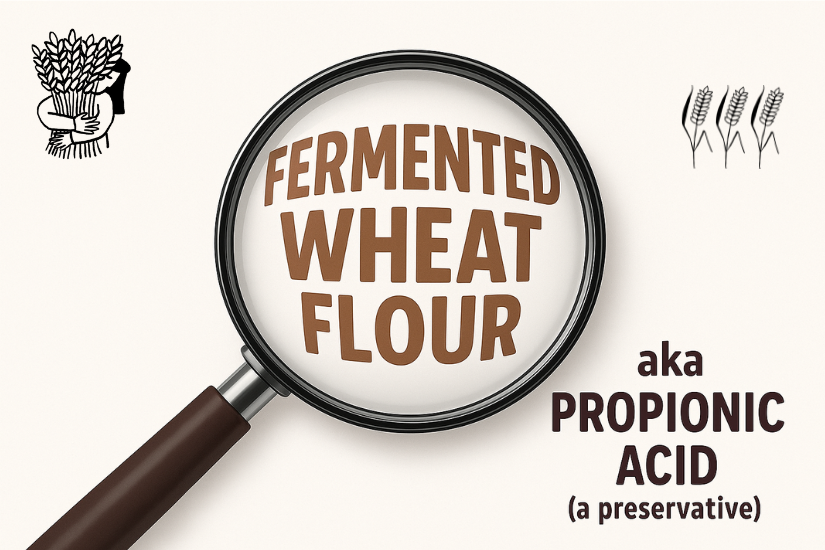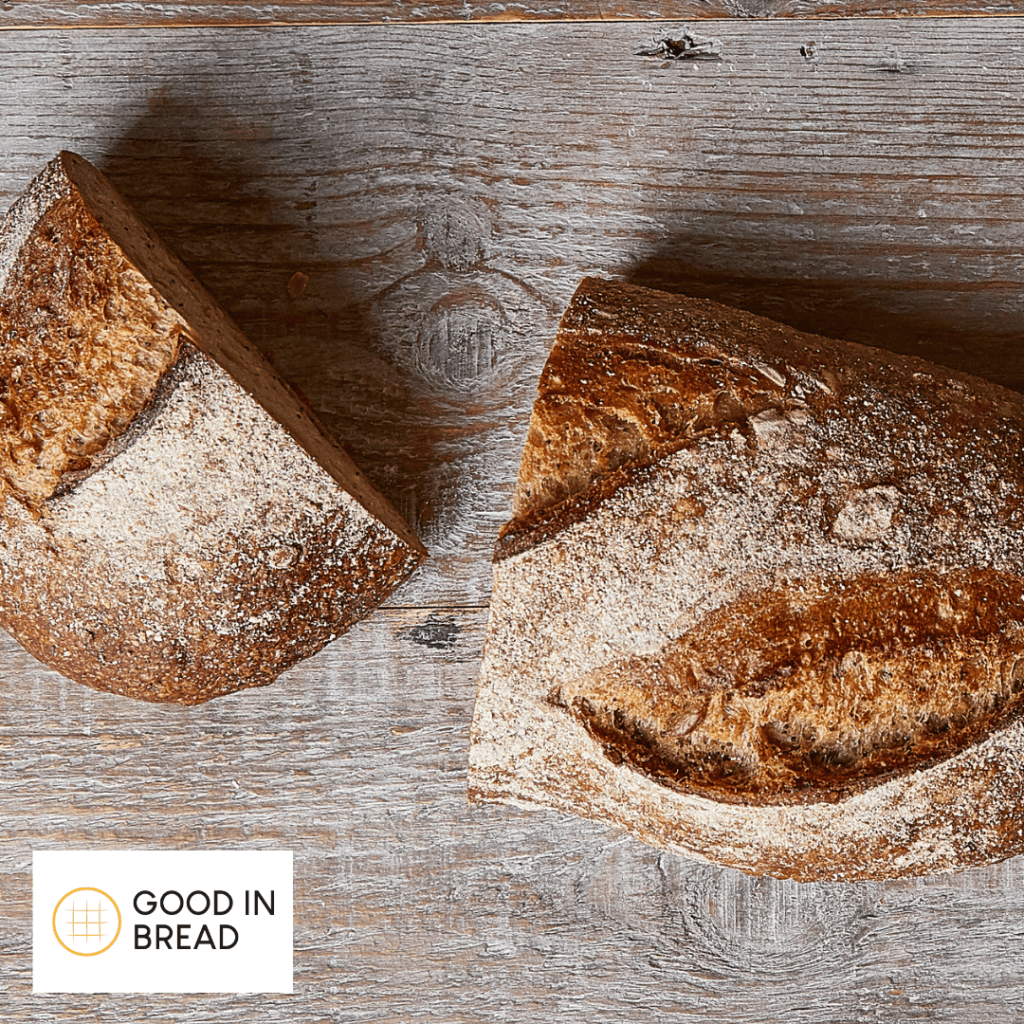Fermented Wheat Flour: The “clean label” trick in your bread

Have you ever grabbed a loaf of bread and thought, “Great, no additives!” — only to see it stay fresh for weeks? One sneaky culprit might be fermented wheat flour.
It sounds wholesome, like something a traditional baker would make. But don’t be fooled. This is more of an industrial trick than old-fashioned baking. It borrows the word “fermented,” but it doesn’t behave like a slow-ripening sourdough starter. Instead, manufacturers control the process to churn out propionic acid — a preservative that keeps bread soft and mould-free.
Here’s how it works: they ferment wheat flour with certain bacteria, which produce propionic acid. This chemical and its salts, like calcium propionate, are the same preservatives listed as E280–E283 in other breads. The clever twist? By labelling it as “fermented wheat flour,” companies skip listing the E number altogether.
Let’s break down what it is and what it does:
Bacteria ferment the flour
↓
Produce Propionic Acid
↓
That’s called “Fermented Wheat Flour” on the label
↓
Same preservative effect as E280–E283
↓
Keeps bread soft & mould-free (but not “traditional” sourdough)
So while the label looks clean, chemically speaking, fermented wheat flour produces the same propionates (propionic acid and its salts, like calcium propionate) as the E numbers E280–E283. That means:
- Health-wise, any effects linked to calcium propionate or propionic acid would also apply to fermented wheat flour.
- Functionally, it acts as a preservative in exactly the same way.
Here’s the tricky part: the word “fermented” sounds natural and wholesome. In reality, it’s about shelf life, not nutrition.
The final crumb
Want traditional sourdough? Grab authentic sourdough or bakery loaves that skip “fermented” or “cultured” grains. Those ultra-soft, long-lasting supermarket loaves? They’re hiding propionic acid in plain sight. Don’t just take our word for it — the Real Bread Campaign has called this pesky ingredient out too.
We’re not saying it’s necessarily bad but it’s certainly not traditional and can have a negative effect on the taste and aroma of the bread.

Good In Bread isn’t just a name — it’s our philosophy: simple ingredients, maximum fun.
Keep your bread fresh the natural way. Choose a sliced loaf in a freezer bag or add a linen loaf bag to your basket — no preservatives needed.